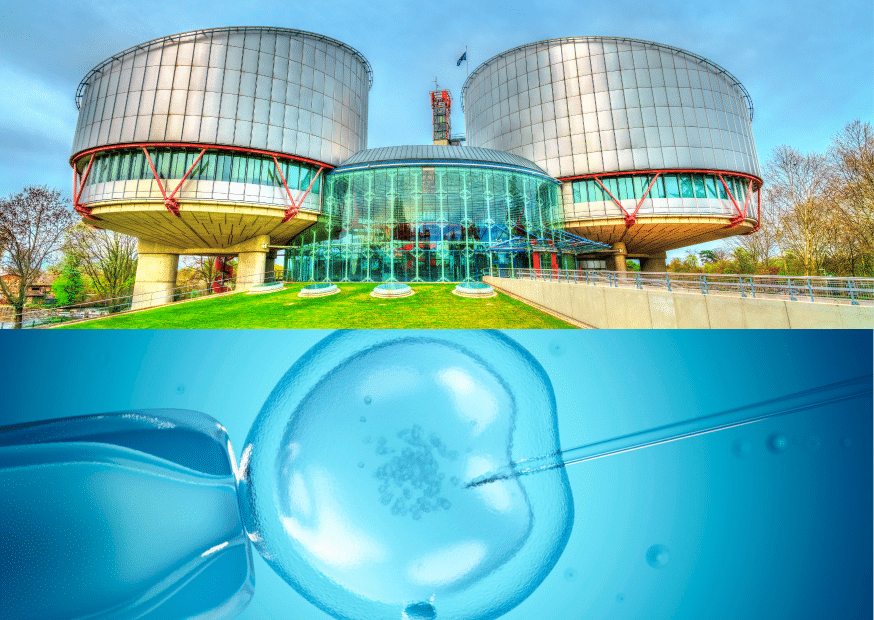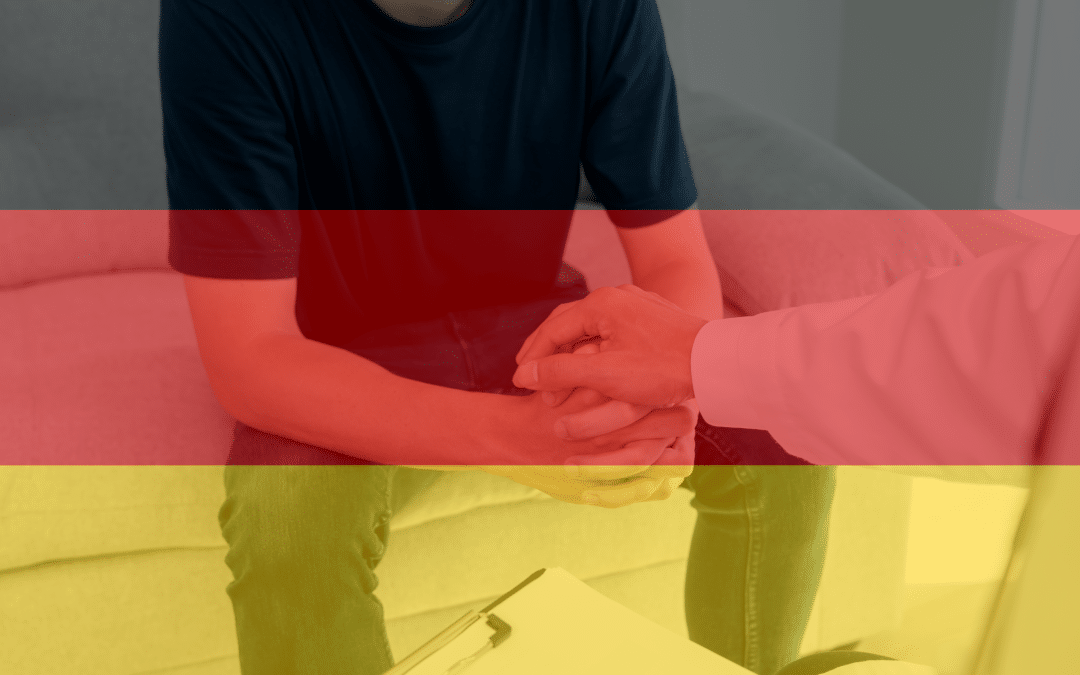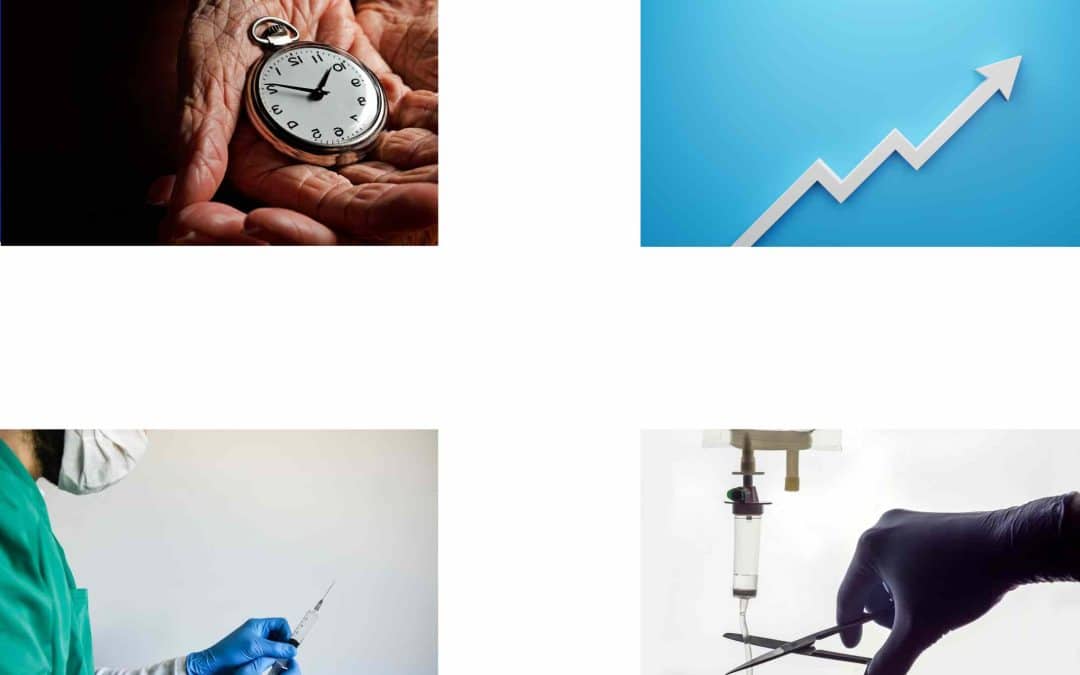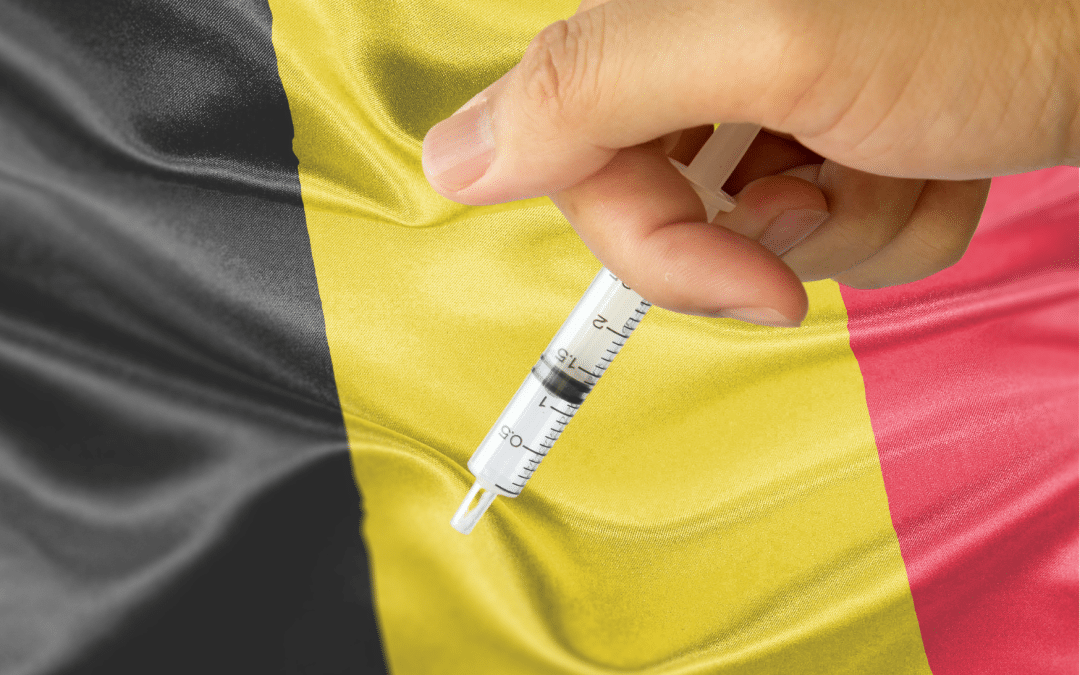
MAR : Access to Origins, What is the Reality ?
Although the 2nd August 2021 bioethics law partly authorised access to their origins for children born by Medically Assisted Reproduction (MAR) with a third-party donor, it is not until 2043 that children who so wish will systematically have access to the identity of their donor.
A decree dated 16th August 2023 in fact established at 31st March 2025, the date from which gametes and embryos from anonymous donors will no longer be able to be used in the context of a MAR procedure with a third-party donor. In other words, from that date, only gametes and embryos for which donors have agreed to the forwarding of their non identifying data and the communication of their identity will be authorised for use for attempted medically assisted reproduction. By the end 2025 at the latest, the first children born under such procedure, on reaching adulthood, will be able to have access to the identity of their donor.
What exactly does the new bioethics law state?
In article 5, the law provides that “Any person conceived through medically assisted reproduction with a third-party donor may, if they so wish, on reaching adulthood, have access to the identity and non-identifying data of their third-party donor”. The non identifying data of the donor have been defined by the legislator. They include: 1) their age; 2) their general state as described at the moment of the donation; 3) their physical characteristics; 4) their marital and professional status; 5) their country of birth 6) the motivations for their donation, written by themselves. These data are collected by the doctor performing the MAR and are retained by the biomedicine agency.
The person, who on reaching adulthood, wishes to access the non-identifying data concerning the third-party donor or their identity, must apply to the Commission for access by people born by medically assisted reproduction to the data of third-party donors (CAPADD). In operation since 1st September 2022, it comes under the Health Ministry. It is responsible for executing such requests and for retrieving the data from the biomedicine agency.
The CAPADD is also responsible, on the one hand, to obtain the agreement of third-party donors who were not subject to such provisions and who wish to reveal their identity and also to contact third-party donors if a child born before such provisions wishes to know the identity of their donor.
It is estimated that some 70,000 children have been born by MAR with third-party donors since 1973.
In its second mission, the CAPADD received 440 requests in one year for access to identifying data and/or identities including 434 admissible requests from adults born prior to the removal of the anonymity for the donation of gametes, according to the first yearly report, released on 31st August 2023.
It was able to identify 101 donors of which 23 were deceased. 19 accepted to reveal their identity. It also received 435 spontaneous agreements from donors who donated prior to the law.
The long quest for certain children
It took nearly 30 years for the first children having reached adulthood to be heard in their quest for their origins which the legislator for the first bioethics laws in 1994 had intentionally ignored.
The recent decision by the European Court of Human Rights bears testimony for the long battle by some children in the quest for their origins. Two appeals were introduced in 2016 and 2017 by two thirty-year olds, accusing the State of withholding the information on their donors.
The Court has nevertheless just validated the compliance of anonymity for the donation of gametes as legalised in France with the European Convention for the Safeguard of Human Rights. Among the arguments put forward by the French government to justify such anonymity, “It refers, concerning the child’s interest, to the writings of the initial reporter for the 1994 bioethics bill, according to which anonymity is the “less detrimental solution”, its removal could “cause a neurosis for the choice of identity” whilst “biological identity” has no reason to take precedence over that “resulting from social relations”. It was therefore in consideration for the child’s interests that the choice of anonymity was made by the legislator.”
Except that for the children who have become adults, the reality is proving quite different. The ECLJ (European Court for Law & Justice) who contributed as a third party in the case pleaded to that effect by supporting that the claimants were however “victims of discrimination by reason of their birth through the ignorance of their biological identity or of their family medical history”.
Whilst dismissing the claims, the judgement by the ECHR (European Court of Human Rights) recorded what had led to the new French position for the removal of anonymity: “The impact study undertaken during the presentation of the latest bioethics bill underlines the need to legislate because “society has evolved since the initial bioethics laws” and because France “is one of the rare states to have opted for a principle of absolute anonymity of the donor both for the infertile couple and the child”. (…) It also reveals that “sociological and psychological research has shown that the radical application of the anonymity principle decreed in 1994 incorporates effects which are detrimental to the child, essentially because the latter is deprived of a dimension of its history which nevertheless concerns it intimately.
This shows how all the legislation surrounding MAR is sensitive.
How could one ever have imagined that these children would be indifferent to being deliberately deprived access to their origins? Even so, the French evolutions leave the children in a kind of impasse whereas the same law has extended access to MAR with third party donors to single women or female couples. Requests have increased tenfold in two years.
A persistent injustice for children
Knowledge of the identity of a donor does not include any obligation for a relationship with the donor as had been suggested during the bioethics law debates. In general, the introduction of external gametes in the reproductive process causes an injustice to the child. On reaching adulthood, the latter will be able to have access to the knowledge of its origins albeit in a limited way since it will still be deprived of its biological filiation since the donor has no vocation to be the father and the law actually prohibits him from so being.
This contradicts article 7 of the International Convention for Children’s Rights which recognises their right to know their parents and to be brought up by them, as far as is possible.
In fact, it is the very MAR procedure with an external donor which creates the impasse.




